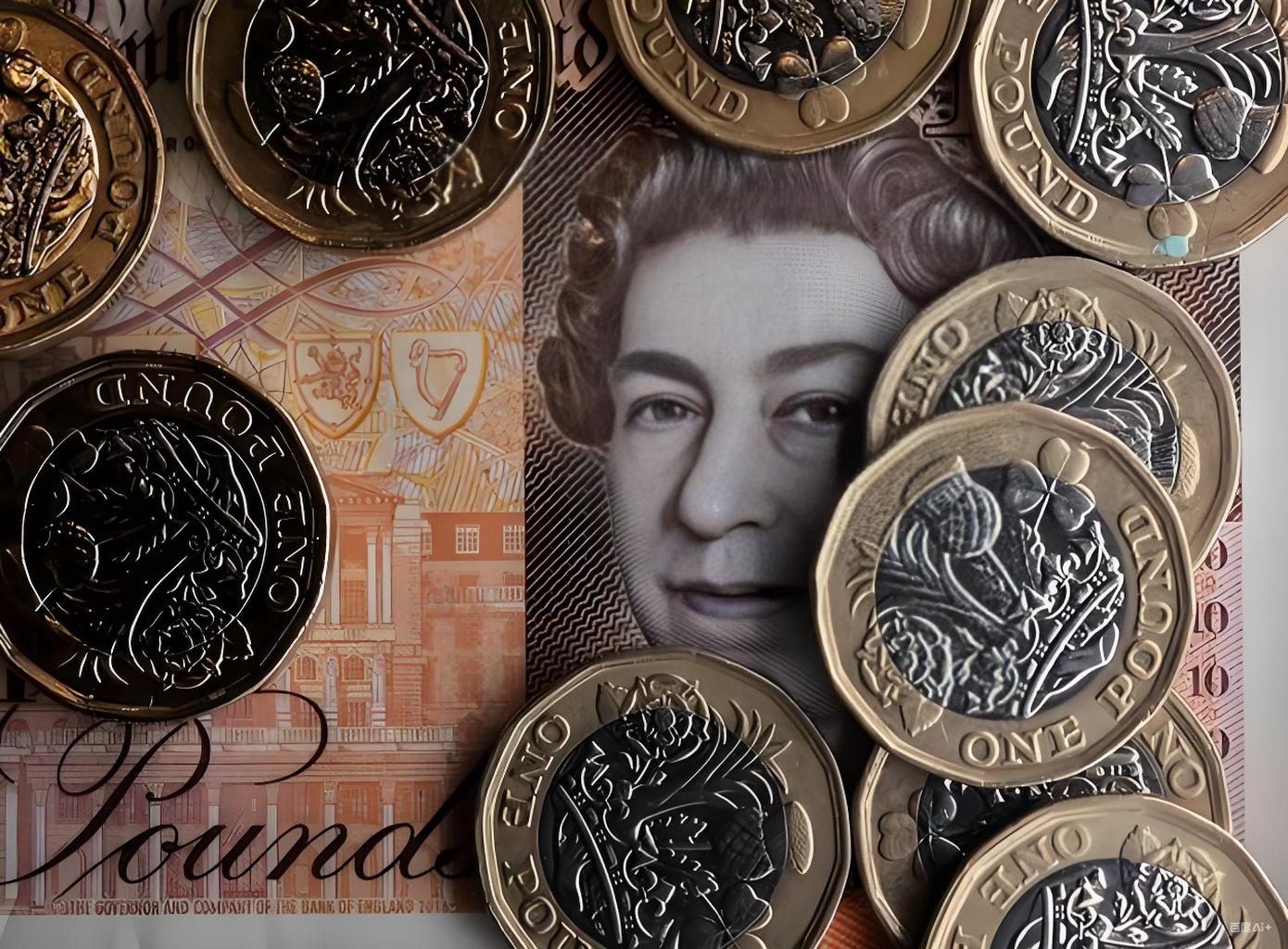
Gold prices soared past $4,200 per ounce in mid-November 2025, reaching intraday highs above $4,215 before easing slightly. The rally was driven by growing expectations of a Federal Reserve rate cut in December, improving sentiment around the resolution of the U.S. government shutdown, and rising safe-haven demand among institutional investors.
Additionally, precious-metals analysts note that gold’s year-to-date performance has been extraordinary, with some reports citing gains of nearly 60% amid increased central-bank accumulation and persistent macroeconomic uncertainty.
Background Context
Gold began its structural uptrend earlier in 2025 after breaking decisively above the $3,000 barrier. Falling U.S. real yields, concerns over long-term inflation, and accelerating demand from global central banks have created an environment highly supportive of precious metals.
Market strategists at major banks have issued bullish long-term forecasts, with some projecting gold could reach $5,000 by 2026–2027 if monetary easing accelerates and geopolitical risks persist.
The U.S. dollar’s softness and heightened volatility in equity markets have further reinforced gold’s role as a hedge against currency debasement and systemic risk.

Why This News Matters
Gold’s surge above $4,200 is a watershed moment for global markets:
- A signal on monetary policy: The rally reflects widespread conviction that the Fed is preparing to ease. This affects everything from bond yields to FX trends.
- Investor allocation shift: Growing flows into gold indicate a pivot away from high-beta risk assets and toward long-term stores of value.
- Inflation implications: If gold continues rising despite improving growth sentiment, it may signal lingering inflation concerns.
- Impact on trading strategies: For CFD and futures traders, gold’s breakout above major technical levels opens the door to trend-following flows and options-driven volatility.
- Portfolio diversification: At these elevated price levels, gold’s role as a diversifier becomes more strategically important for both institutional and retail investors.
Our Expert Take
This rally appears to be unfolding in three phases.
First is the trigger phase, driven by falling yields and anticipation of monetary easing.
Second is the momentum phase, powered by technical breakouts, algorithmic buying, and strong fund inflows.
Third is the structural phase, where gold becomes increasingly embedded in institutional portfolios, central-bank reserves, and long-duration macro strategies.
While the rally may extend further into 2026, traders should remain cautious. A hawkish Fed shift or a resurgence in the U.S. dollar could trigger sharp corrections. For now, gold’s breakout underscores a transformative shift in global macro dynamics—one every trader should be watching closely.





